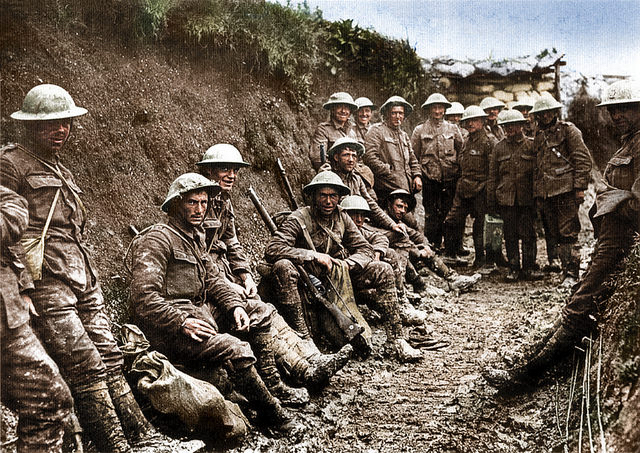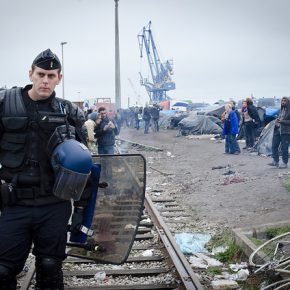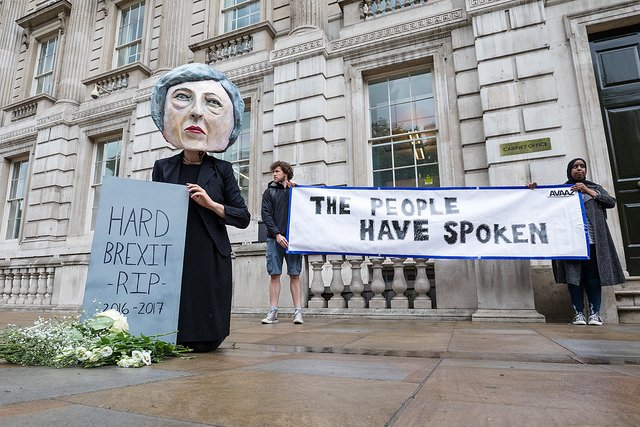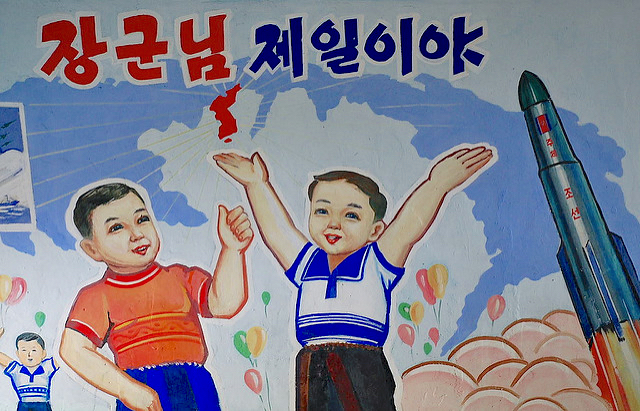“From all forms of trench warfare, preserve us, O Lord!” should be the humble prayer of every soldier, for it is about the most unpleasant, tiresome, disagreeable, dangerous, death-without-glory kind of warfare which the evil genius of man could devise. As, however, it has come to stay, it may perhaps be of interest to describe what it was like in Gallipoli.
When, after the first battles, the Turks refused any longer to meet us in the open, and took to the trenches, which they had, with great energy, dug right across the Peninsula, it became necessary for us to adopt the same mole-like tactics, and our advance was brought practically to a standstill. Instead of going ahead a couple of miles in a day’s fight, it now became a question of taking one trench at a time, and often we did not gain as much as that, even after the most strenuous battles.
Long lines of trenches, from three to six or more feet deep, and three or four feet wide, were dug in zig-zags right across the Peninsula, more or less parallel to the Turkish lines, and behind these were similar support and reserve trenches; at the back of these again were second and third line defence trenches; while still further were the so-called rest trenches, but in Gallipoli these were just as dangerous as the front trenches, owing to the confined space in which the army was cooped up, and also owing to the configuration of the ground, which exposed them to fire from Achi Baba as well as from the guns in Asia.
Some of our trenches were so deep that hundreds of scaling ladders were always kept in readiness to enable the men to swarm out quickly when an assault was to be made. Long lines of communication trenches ran up and down and to and fro, connecting the various lines of trenches, and many of these were dug deep enough and wide enough to give ample cover for mules and horses. Various little back alleys were also dug in different directions so that the whole face of the country was transformed into a veritable rabbit warren. These communication trenches were necessary so that reliefs, reinforcements, munitions, food and water could be taken up in safety to the firing line.
Where the ground was very hard and deep trenches could not be dug, the necessary cover was given by building parapets made of sandbags, little canvas bags about two feet long and ten inches across, which could easily be carried by one man when filled with sand or clay. These sandbags should be of different colours because otherwise when one is taken out to make a loophole the blank space is seen at once and the enemy’s fire is concentrated on it. In Gallipoli, our sandbags were all of the same colour—drab-coloured canvas.
When an attack was made and an enemy’s trench was captured, thousands of these sandbags were carried forward, and by piling them up a new protective trench was rapidly constructed, for, of course, the original Turkish trench was always battered to pieces (or should have been) by high explosive shells before the attack was launched.
Another great use of the sandbag was to erect a barrier across an enemy communication trench, otherwise, of course, he could pour his troops down the communication alley and perhaps effect a surprise. It was exceedingly odd to see our sentry on one side of such a barrier and the Turkish sentry on the other side, apparently quite friendly in the intervals of bombing each other!
One day a man of the Inniskilling Fusiliers played a trick on the Turkish sentry. Finding life rather monotonous, and being somewhat fed up with bully beef, he bored a hole in his tin, stuck a cartridge into it, and hurled the novel projectile over the sandbag barrier among the Turks, who could be heard flying for their lives away from it along the trench, evidently thinking it was some new form of diabolical bomb we had invented.
Then one man, a little bolder than the rest, could be heard cautiously stalking it; he even threw stones at it, and when these failed to cause an explosion, he plucked up enough courage to hook it towards him with his fixed bayonet. It was apparently sent off for investigation to some German professor in the rear, for some few hours later the Turkish sentry shouted out loudly over the parapet: “Bully beef, bully beef; throw us more,” and this little incident led to many friendly exchanges of bully or cigarettes.
Of course, work was always going on. The trenches had to be carefully drained and sloped so as to allow the rainfall to flow off. If this were not properly done they would inevitably be flooded out in the rains, and life in them would be impossible. Even when every care was taken they sometimes became raging torrents. Much ground was made good by digging out from the trenches towards the Turkish lines and forming a fresh line of trenches closer to the enemy and in a better position.
Then there was the constant arduous and dangerous labour of sapping, i. e., tunnelling underground from our trenches underneath the Turkish trenches, making a huge cavity there, filling it with explosives and blowing the trench and such Turks as were in it sky high. This was generally done when an attack was made, so as to throw the enemy into greater confusion.
A very disagreeable feature of trench life is the unpleasant odour of the dead, which penetrates everywhere, for, of course, when an attack is made by one side or the other hundreds may be killed close to the trenches, and as a rule it is impossible either to rescue the wounded or to bury the dead, because the enemy would inevitably shoot down anyone attempting such a task.
One of the very worst trials of trench warfare is to see the dead body of a comrade lying out in the open, gradually fading away before one’s eyes, a mummied hand still clutching their rifle, the helmet a little way off, looking ever so weird in its gruesome surroundings.
The worst trial of all is the trench mortar! This venomous weapon sends a bomb weighing a hundred pounds or more of the most deadly high explosive plumb into the midst of a trench with marvellous accuracy at any range up to four hundred yards. The vicious thing can be seen soaring high up into the air until it reaches a point directly overhead, then it hovers for a moment, like a hawk over its prey, and finally swoops down, pulverising everybody and everything near which it explodes.
From my own observation of trench warfare, I would say unhesitatingly that no assault should be launched against the enemy until his trenches had been thoroughly pounded to pieces by high explosive, his men demoralised by a constant stream of shells, and all wire entanglements or other barriers swept out of the way of the advance.
Adapted from With the Zionists in Gallipoli, by J.H. Patterson (1916). Photograph courtesy of the State Library of Victoria. Published under a Creative Commons license.





